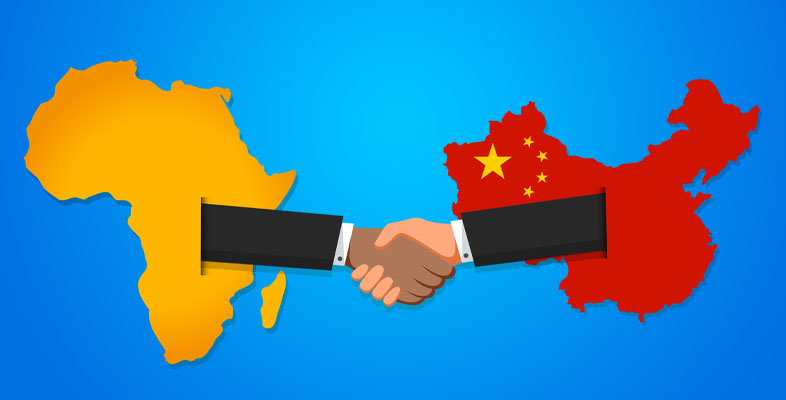1 Oil sector localisation and African development
As outlined in the previous session, in many countries in Africa where resource extraction has taken place, development has remained a major challenge, and extreme poverty, civil unrest and conflicts are common in these countries. This negative relationship between resource extraction and development is referred to as the ‘resource curse’.
One of the key approaches to addressing the resource curse is to ensure that natural resource-dependent countries build and deepen local linkages between natural resource extraction and other productive sectors within their economies. In other words, production in the natural resource sector should be organised in such a way that there are significant and positive spill-overs for other local economic actors, be it in the services, manufacturing or agricultural sectors. This will create and sustainably enhance employment opportunities for local people as well as help boost value addition within the local economy. When these are achieved, then, the tendency for Dutch disease and other negative implications arising from resource dependency will be significantly minimised.
As you saw in Session 1, many argue that the commodity boom linked to China’s rise would deepen the risk of many African countries becoming overly reliant on the commodities sector, thereby hampering efforts at diversification and industrialisation. As China’s engagement with Africa has grown, the concern is that Chinese-owned firms in Africa are somewhat different and so have distinct implications for linkage development and localisation. They tend to import more labour and capital equipment from China and are more horizontally integrated and so outsource less. They also have less shareholder or civil society pressure compared to Western firms and so undertake less corporate social responsibility (CSR) activities.
The next section sets out the basic model of linkages in order to explain what is meant by linkages and describes the various types of linkages that can be developed from the natural resource sector. You will then explore some of the key factors that may affect linkage development.
